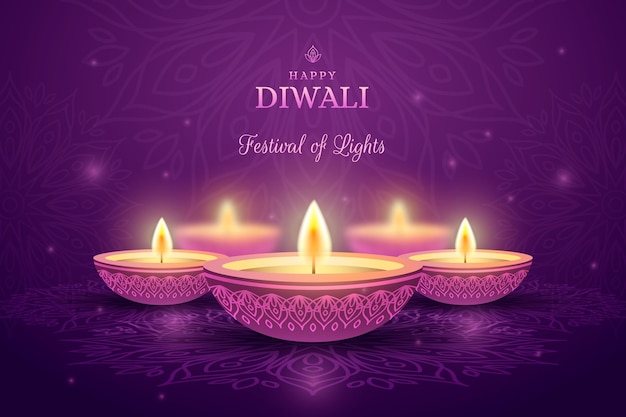Rustic
How do people celebrate Diwali in different countries?
Diwali is a key festivity for many countries and cultures. Hindus celebrate it, but sometimes Buddhists and Jainists join the party too. The most important thing to honor is the victory of light and truth over darkness. These five days are full of color, diyas, rangolis, gift exchanges, and food. Learn more about the thrilling Diwali traditions and how many countries celebrate Diwali around the world in this section.


























-preview.jpg)






